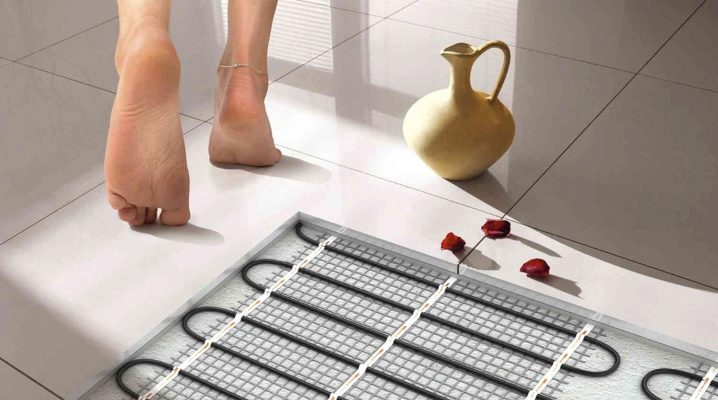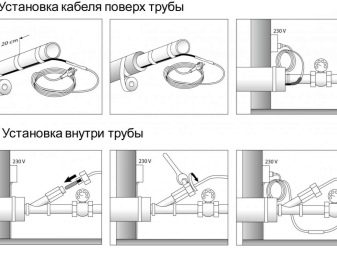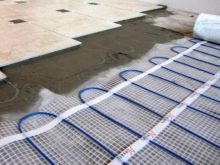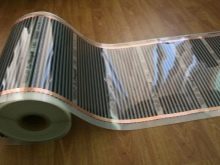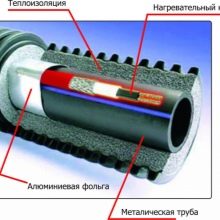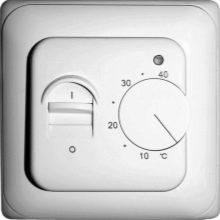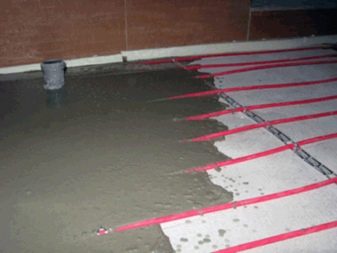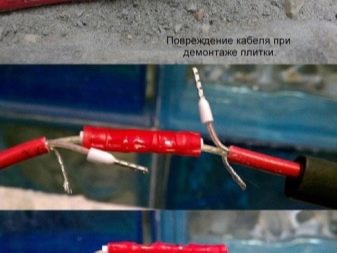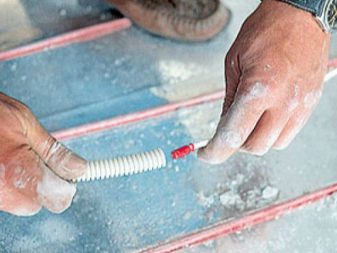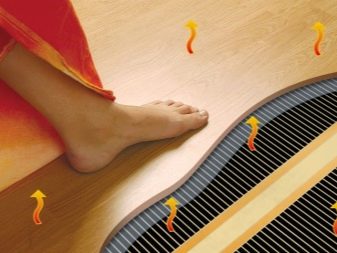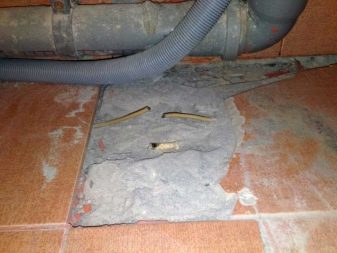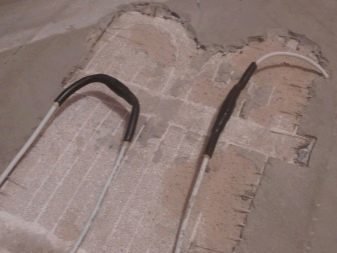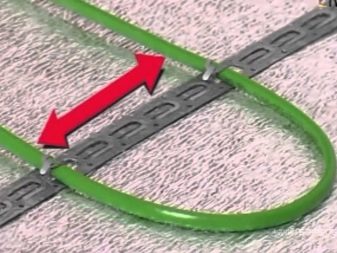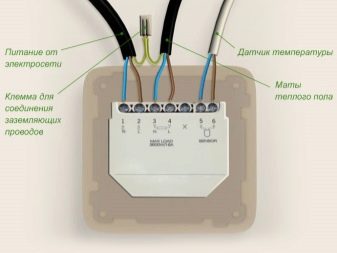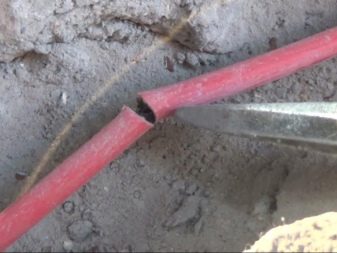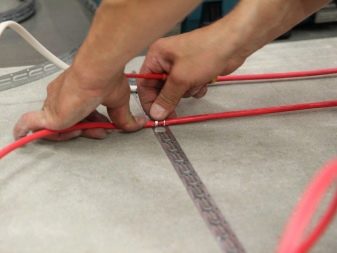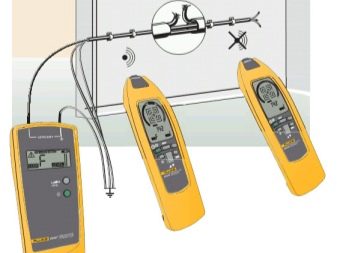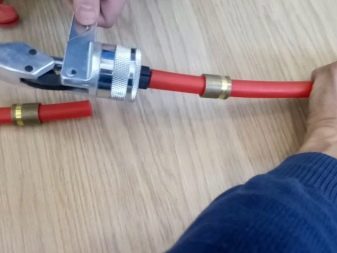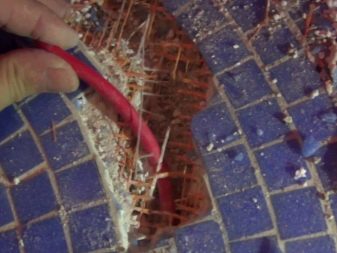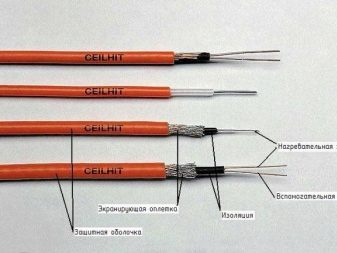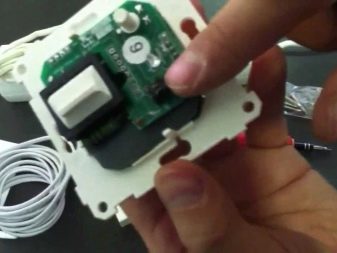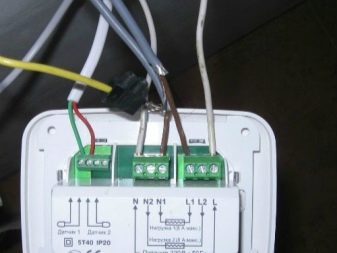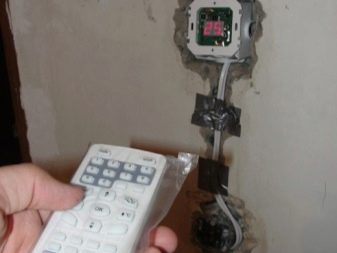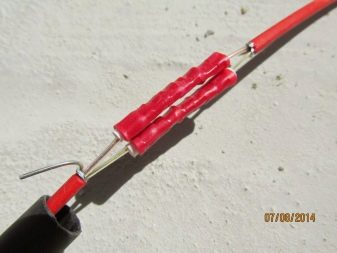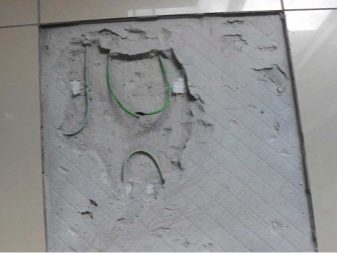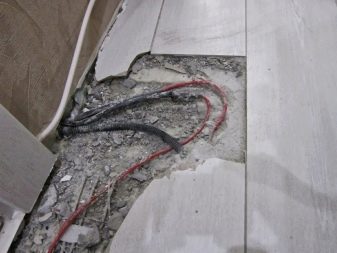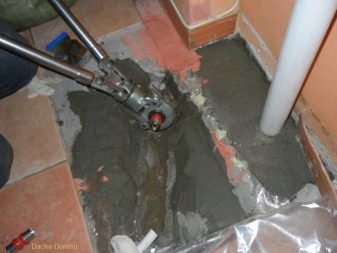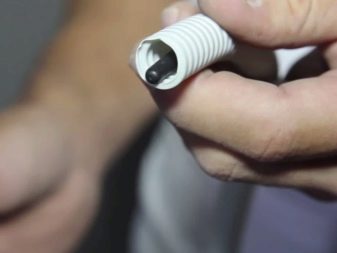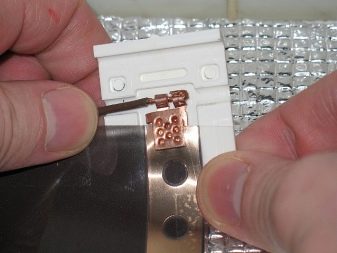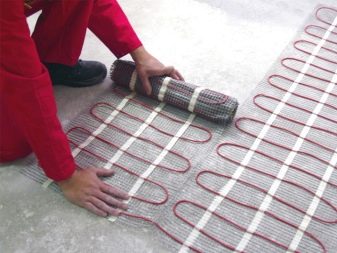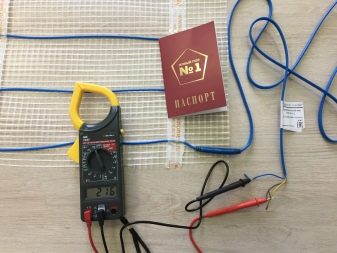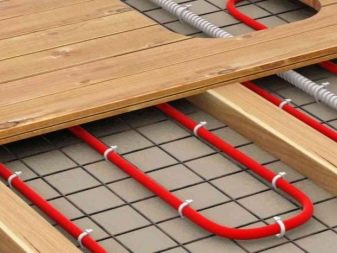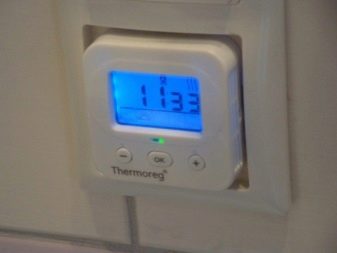Features of repair of a warm electric floor
Underfloor heating is a heating system that provides air heating from below. Unlike conventional radiators, which heat zonal, warm floors uniformly heat the room. They are used as a full-fledged heating, and are very popular with owners of country houses. Any technical device is subject to wear and is capable of failing sooner or later, the heated floor is not an exception. Repair of an electric floor has its own characteristics; knowing them, you can easily cope with almost any malfunction.
Kinds
There are three types of design of warm electric floors:
- Rod, the air is heated under the influence of infrared waves, which are emitted by carbon rods at the time current passes through the cable;
- FilmIts basis is a carbon heater located between the upper and lower layers of the film. The advantage of this type is that the installation of this system is carried out on all flat bases;
- Cable, the most popular system, is characterized by versatility and reliability of the design.
Elements of the system design
Regardless of the type of warm floor, the basis of the product is always three elements:
- a heating element;
- thermostat;
- thermal sensor.
Heated floors can be installed in separate rooms, less often throughout the dwelling. The main areas of installation of electric heating systems are corridors, balconies, kitchens, bathrooms. As a decorative coating, materials are required which are characterized by durability and reliability, such as marble, ceramic tile, and porcelain stoneware.
The popularity of cable floor heating due to the relative simplicity of the device and ease of installation. The system consists of sections, mats and coils with wires. Installation of the heating sections is carried out in the screed, the mats are also mounted on the screed and covered with special glue.
The principle of operation of the device is as follows: after the start of the operation mode, the cable heats up, the temperature sensor reaches a certain level and turns off after leveling off. When tracking the difference in performance, the device turns on again.
Causes of faults
Successful repair of this heating system is the correct diagnosis of the cause of its failure. If the system has stopped working or the operation mode has changed, it is important to know the reasons for these failures.
Heating cable
The main and most common reason is the initially incorrect selection of the characteristics of the electric cable and its power. In case of inconsistency in the device, the power of the heating element and the voltage of the network, the floor heating will be weak, and in the future it will lead to the failure of the entire system. Such cases are not uncommon in the independent design of the system. To fix the situation will only help qualified professionals who know all the subtleties and features of the installation of warm floors.
Another common cause of poorly heating cable is not adhering to standards when installing a structure, as well as accidental mechanical damage to the wires.These faults will lead to the termination of heating the floor surface around the perimeter of the room. This failure leads to a complete replacement of the injured area.
Cable mats
The reason for the breakdown of cable mats are often random mechanical damage caused by improper use of the structure or inaccurate installation. Failure to install the cable mats also leads to damage to the entire system.
There are frequent cases of debris in the system, as a result, cable wear is guaranteed.
Thermal sensor
Incorrectly mounted thermal sensor can stop the heating of the system, which will lead to stopping the work of the heated floor and heating the room. It is also not uncommon for systems to fail due to improper power supply of the structure, lack of thermal insulation, and non-compliance with material parameters. Thus, incorrect calculations at the design stage of a warm floor can entail serious consequences, which are difficult to solve on your own.
Malfunctions of the thermostat may be due to poor contact of the connecting terminals.In this case, the terminals will be subject to strong heating and over time will lead to breakage of the entire system.
Cable repair
Damage to the heating cable is the most common failure of a warm floor. Often this happens during screeding and tile laying. Therefore, performing rough work, you must carefully observe the standards and carefully use the tools.
You can diagnose the problem yourself in the following way: after disconnecting the system from the thermal sensor, it is necessary to measure the electrical resistance in all areas between the conductors. The obtained values must correspond to the values indicated in the technical data sheet of the device (the error of the value may be 5%).
The most common cases are:
- Multimeter readings indicate zero resistance. This means that a short circuit occurred in the construction, the cause of which could be overheating of the cable or incorrectly chosen wire cross-section.
- The meter shows infinity. This situation indicates a cable breakage or burnout. To verify this, check the connecting elements of the structure.
Repair simple damage with their own hands is quite simple. To do this, with a thermal imager, you need to find the place of damage and open it. It is important that for repairing the heating cable it is not necessary to open the floor, it is enough to dismantle the damaged area. Having found a broken cable, its ends should be prepared and connected using a special coupling. After that, insulate the cable with shrink tubing and it is ready for laying under the tie.
Repair of a temperature regulator
It so happens that the sensor has already turned off, and the floor has not warmed up. This is a sure sign of a broken thermostat. Often, this problem is solved by replacing a broken sensor with a working one.
Important! Before proceeding with repairs, turn off the power to the thermostat!
If it is powered through a separate machine, then the entire room will have to be de-energized. This can be done by removing the plugs or turning off the input switch.
According to the rules of installation, the thermostat must be in a corrugated tube, so dismantling the element does not require special work. On the new sensor, mark the length of the previous one, it will let you know for sure that the device is completely fit in the tube.
If the sensor was mounted in a coupler, or a pipe bend was detected during the diagnostics, it will be difficult to disassemble. In this case, you need to put a new model of the thermostat with a timer-mode, which will regulate the on / off heating according to the specified time intervals.
Repair damaged wires
It happens that during the installation of a film of a heated floor, you can pierce the wires. It is also not uncommon when the warm floor begins to slightly beat the current. The reason for this is often casting with concrete, installing tiles, mechanical damage and much more. The fault of the wire can be noticed not immediately, but as soon as the system is turned on, the breakage will be felt.
To solve the problem, do the following.
First you need to find a place of damage. If you were able to personally determine the location of the breakdown, for further action it is necessary to remove the upper decorative flooring. If it is linoleum or laminate, then removing the material is not difficult, but the dismantling of tiles requires certain skills.
Even having opened the place of breakage, breakdowns in a wire are usually imperceptible.
It is necessary to cut the cable, thus forming an area for piercing, then connect the cuts and damage to the couplings.
Alternatively, solder or heat shrink tubing can be used. The places of breakdown and cuts must be wrapped with tape and the place of breakage is sealed.
It is worth noting that the accumulation of condensate and the ingress of moisture into the system can lead to disastrous consequences. Therefore, laying the warm floor in the bathroom or in rooms with high humidity, be sure to lay a layer of moisture insulation.
Correct installation
It is possible to avoid repair, if according to all the rules to perform the laying of a heated floor. For this you need:
- Correctly choose the type of power of the electric heating cable and correctly approach the installation of thermal insulation.
- Acquire the necessary equipment and building materials in specialized stores, in consultation with a specialist.
- The length of the heating cable must correspond to the length of the room, as cutting the cable adversely affects its strength properties.
- Do not lay the heating cable under the furniture due to the exclusion of overheating of the system.
- Before laying the heating cable, the floor must be cleaned of debris.
- During the laying of the cable it can not be stepped on.
- The temperature sensor should be installed in a special corrugated pipe, this will provide quick access to the device during repair.
- Around the heating element should be excluded emptiness, which contributes to overheating.
- Before installing the underfloor heating system, we recommend drawing up an installation scheme that will allow you to avoid accidental damage to the cable or pipes in the future.
- After installation, check the cable performance by measuring the resistance.
- The system can be switched on only after the complete drying of the screed.
- It is necessary to measure the resistance readings before and after installation. Values must correspond to the indications in the data sheet.
As you can see, you can fix all the problems of the heated floor. It is only important to diagnose the problem correctly!
Remember that it is better to prevent malfunctions.than eliminate them because of their own carelessness. Proper and high-quality installation of a heated floor will avoid short-term repair.And the design of the laying scheme will allow to protect the system from breakdown with building tools in the future.
How to repair a heat-insulated floor, look in the following video.
